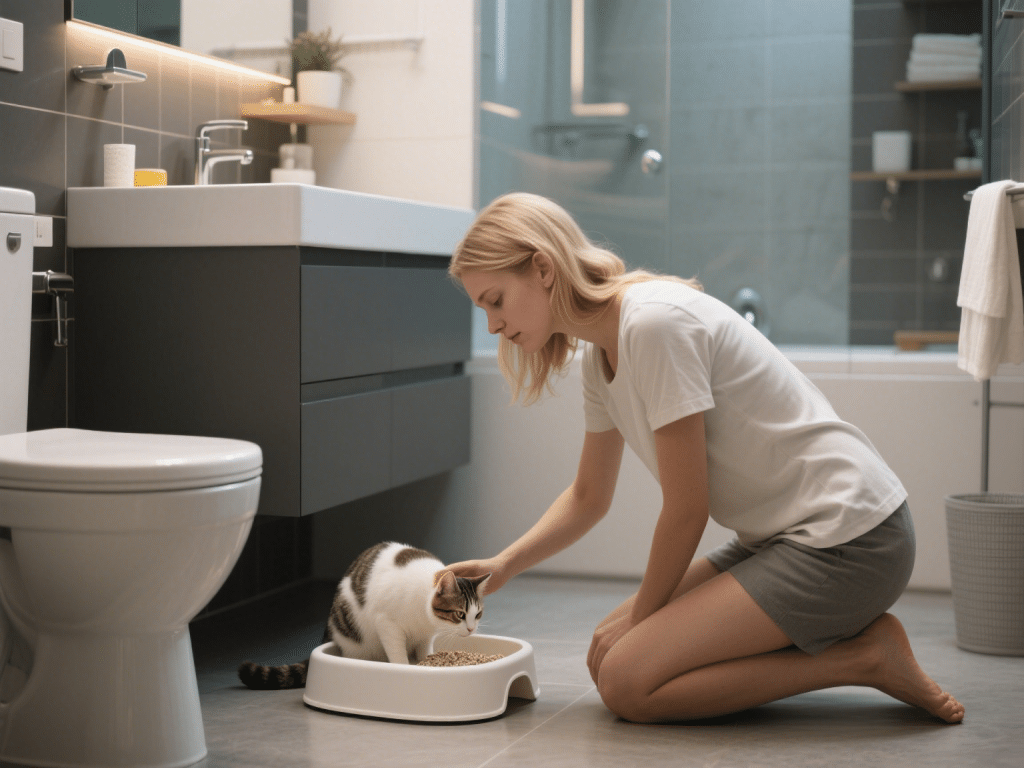
A cat refusing its litter box can create stress for both pet and owner. Often, hidden medical or environmental factors—not spite—drive this behavior. As a feline behavior consultant and long-time cat rescuer, I’ve helped owners untangle litter box mysteries. Here’s a systematic, compassionate guide to diagnosing and solving litter box aversion.
1. Rule Out Medical Issues First
Approximately 50% of litter box problems stem from health concerns:
Urinary Tract Infections (UTIs)
Bladder Stones
Constipation or Diarrhea
Arthritis (making entry/exit painful)
Schedule a veterinary exam and basic urinalysis before altering your cat’s environment.
2. Optimize Litter Box Setup
Box Quantity: One per cat + one extra. E.g., two cats = three boxes.
Box Type: Open shallow trays for older cats; covered boxes for those who prefer privacy.
Location: Quiet, accessible areas—avoid noisy laundry rooms or busy hallways.
Litter Choice: Unscented, fine-grained clay or plant-based litter. Avoid strong fragrances that deter use.
Depth: Maintain 2–3 inches of clean litter; scoop daily and fully replace weekly.
3. Address Behavioral Triggers
Stress & Territory: New pets, visitors, or household changes can provoke marking. Provide vertical territory (cat trees) and safe hiding spots.
Box Aversion Spots: Clean accidents outside the box with enzymatic cleaners. Avoid ammonia-based cleaners that mimic urine smell and encourage repeat marking.
4. Retraining Techniques
Confine Temporarily: Place your cat in a small room with litter, food, and water for 1–2 weeks, then gradually reintroduce to the home.
Positive Association: Place treats near the box’s entrance whenever your cat uses it.
Enticement: Gently place your cat in the box after meals or naps to remind them of the proper spot.
5. Environmental Enrichment
Play Sessions: Redirect stress through interactive play (feather wands, laser toys).
Comfort Zones: Offer cozy beds and vertical perches to reduce anxiety.
Pheromone Diffusers: Feliway® products can soothe territorial tension.
Litter box avoidance is rarely about “naughtiness.” By partnering with your veterinarian, refining box setup, and implementing patient retraining, you’ll restore confident, consistent litter habits—and a harmonious home.

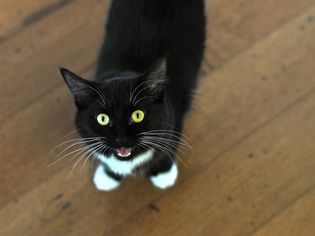
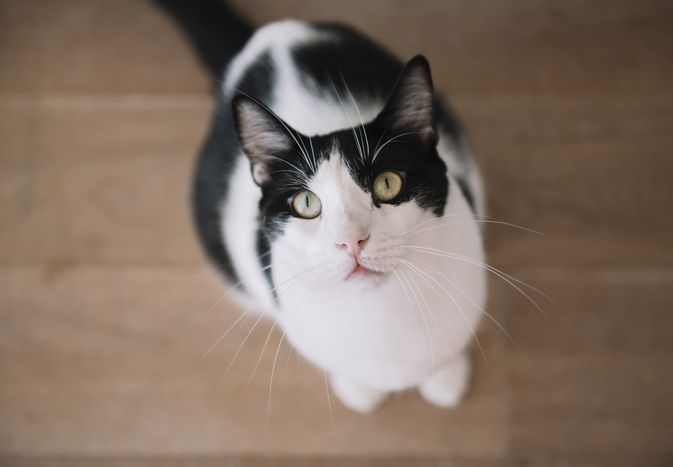

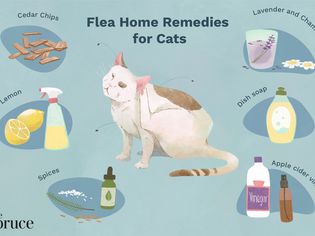
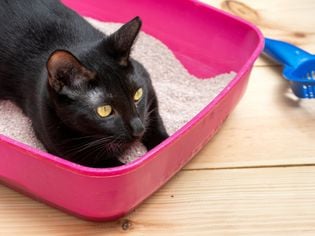
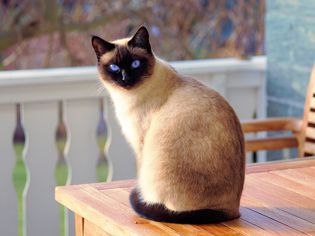

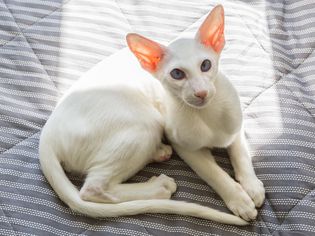
Comments on " Cat Litter Box Troubles: How to Get Your Feline Back on Track" :